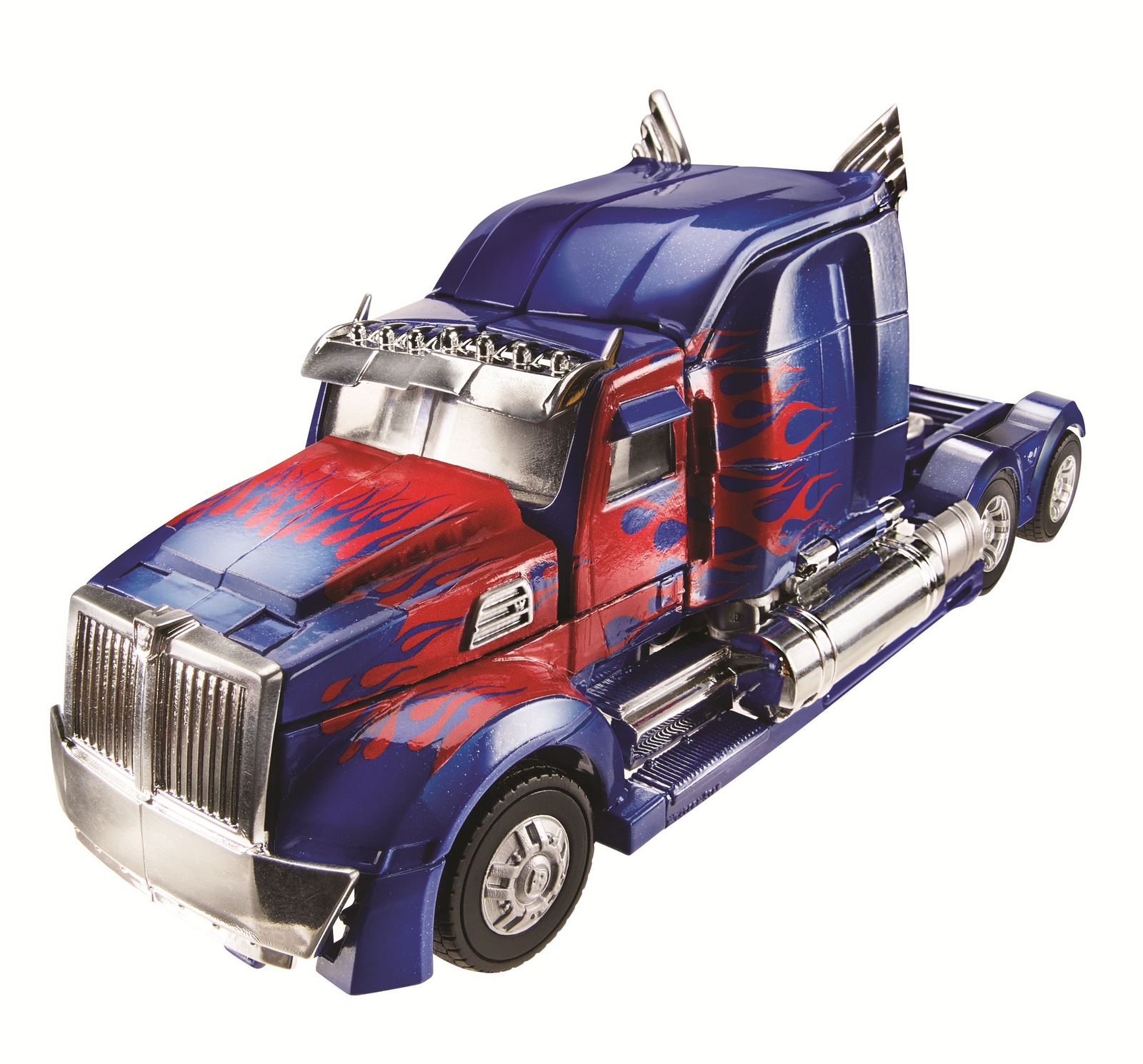Optimus is a term that has gained significant traction across various industries, from technology to robotics and beyond. It represents innovation, efficiency, and transformation. Whether you're exploring Optimus as a concept, a product, or a vision for the future, this article will provide you with an in-depth understanding of its significance and applications.
As we delve deeper into the world of Optimus, it becomes evident that this concept is more than just a buzzword. It symbolizes advancements in artificial intelligence, robotics, and automation, reshaping industries and revolutionizing how we approach problem-solving. This article aims to provide a detailed exploration of Optimus, covering its origins, applications, and potential impact on society.
By the end of this guide, you'll have a clear understanding of Optimus and its implications across various sectors. Whether you're a tech enthusiast, a business professional, or simply curious about the future of technology, this article will equip you with the knowledge you need to stay ahead.
Read also:Dress To Impress Outfits Inspired By Y2k Popstars
Table of Contents
- Introduction to Optimus
- The History of Optimus
- Optimus Technology Overview
- Applications of Optimus
- Impact on Industries
- Challenges and Limitations
- The Future of Optimus
- Optimus Data and Statistics
- Optimus vs. Competitors
- Conclusion and Call to Action
Introduction to Optimus
Optimus has emerged as a groundbreaking concept in the realm of technology and innovation. At its core, Optimus represents a fusion of artificial intelligence and robotics, designed to enhance efficiency and productivity across multiple domains. This section explores the foundational principles behind Optimus and its relevance in today's world.
One of the key drivers behind the development of Optimus is the need for smarter, more autonomous systems. As industries strive for greater efficiency, Optimus offers a solution that combines advanced algorithms with physical capabilities, enabling machines to perform complex tasks with minimal human intervention.
In addition to its technological prowess, Optimus also embodies the values of sustainability and adaptability. By optimizing resource usage and minimizing waste, Optimus aligns with global efforts to create a more sustainable future. This section will examine the broader implications of Optimus and its potential to drive positive change.
The History of Optimus
The journey of Optimus began with humble beginnings in research labs and academic institutions. Early experiments focused on developing autonomous systems capable of performing specific tasks. Over time, advancements in AI and robotics paved the way for the creation of Optimus as we know it today.
Key Milestones in the Development of Optimus
- 2010: Initial research into autonomous systems and AI integration.
- 2015: Breakthroughs in machine learning algorithms, enabling more sophisticated decision-making.
- 2020: Launch of the first commercial Optimus prototype, showcasing its potential in real-world applications.
These milestones highlight the rapid evolution of Optimus and its transition from a theoretical concept to a practical solution. As we continue to push the boundaries of technology, the possibilities for Optimus are virtually limitless.
Optimus Technology Overview
At the heart of Optimus lies a sophisticated blend of technologies that work in harmony to deliver exceptional performance. This section provides an overview of the key components that make Optimus a cutting-edge solution.
Read also:25 Money Secrets Of Donald Trump Pdf Unlocking The Secrets To Financial Success
Core Technologies in Optimus
- Artificial Intelligence: Enables advanced decision-making and learning capabilities.
- Robotics: Provides physical capabilities for interacting with the environment.
- Sensors and Actuators: Facilitate real-time data collection and precise movement.
By integrating these technologies, Optimus achieves a level of autonomy and adaptability that sets it apart from traditional systems. This section will also explore how these components work together to deliver seamless performance in diverse applications.
Applications of Optimus
The versatility of Optimus makes it suitable for a wide range of applications across various industries. From manufacturing to healthcare, Optimus is transforming the way we approach complex challenges. This section highlights some of the most prominent applications of Optimus.
Industries Benefiting from Optimus
- Manufacturing: Streamlining production processes and reducing downtime.
- Healthcare: Enhancing patient care through robotic assistance and AI-driven diagnostics.
- Transportation: Revolutionizing logistics and delivery services with autonomous vehicles.
These applications demonstrate the transformative potential of Optimus and its ability to drive innovation across multiple sectors. As adoption continues to grow, the impact of Optimus on global industries is expected to be profound.
Impact on Industries
The integration of Optimus into various industries has already begun to yield significant results. Companies that adopt Optimus solutions are experiencing improvements in efficiency, cost savings, and overall performance. This section examines the broader impact of Optimus on key industries.
In manufacturing, Optimus has enabled companies to achieve higher levels of automation, reducing reliance on manual labor and minimizing errors. In healthcare, Optimus is enhancing patient outcomes through advanced diagnostics and robotic-assisted surgeries. The transportation sector is also benefiting from Optimus, with autonomous vehicles promising to revolutionize logistics and delivery services.
As more industries embrace Optimus, the ripple effect of its impact will continue to expand, driving innovation and reshaping the global economy.
Challenges and Limitations
Despite its many advantages, Optimus is not without its challenges and limitations. This section addresses some of the key obstacles that must be overcome to fully realize the potential of Optimus.
Common Challenges in Optimus Implementation
- Cost: High initial investment required for deployment.
- Regulation: Navigating complex regulatory environments for autonomous systems.
- Public Perception: Addressing concerns about job displacement and safety.
By acknowledging these challenges, developers and industry leaders can work together to find solutions that ensure the responsible and ethical deployment of Optimus technologies. This section will also explore ongoing efforts to address these issues and pave the way for wider adoption.
The Future of Optimus
Looking ahead, the future of Optimus is bright. As advancements in AI and robotics continue to accelerate, Optimus is poised to play an even greater role in shaping the world of tomorrow. This section will explore some of the most exciting developments on the horizon for Optimus.
One of the most promising areas of development is the integration of Optimus with emerging technologies such as 5G and IoT. These technologies will enhance the capabilities of Optimus, enabling even greater levels of connectivity and automation. Additionally, ongoing research into machine learning and neural networks promises to further enhance the decision-making capabilities of Optimus systems.
As we move forward, the possibilities for Optimus are virtually limitless, offering a glimpse into a future where machines and humans work together to create a better world.
Optimus Data and Statistics
Data and statistics provide valuable insights into the impact and potential of Optimus. This section highlights some of the most compelling figures related to Optimus and its applications.
- By 2025, the global market for autonomous systems is expected to reach $23 billion, with Optimus technologies contributing significantly to this growth.
- Companies adopting Optimus solutions have reported an average increase in productivity of 30%, with cost savings of up to 20%.
- In healthcare, Optimus-assisted surgeries have resulted in a 40% reduction in complications and faster recovery times for patients.
These statistics underscore the transformative potential of Optimus and its ability to drive meaningful change across industries.
Optimus vs. Competitors
While Optimus stands out as a leader in the field of autonomous systems, it is not the only solution available. This section compares Optimus with its competitors, highlighting its unique strengths and advantages.
Key Differentiators of Optimus
- Advanced AI Capabilities: Optimus boasts state-of-the-art machine learning algorithms for superior performance.
- Robust Hardware: Optimus systems are built with durable, high-performance components designed for demanding environments.
- Scalability: Optimus solutions can be easily scaled to meet the needs of businesses of all sizes.
By offering a comprehensive suite of features and capabilities, Optimus remains a top choice for companies seeking cutting-edge autonomous solutions.
Conclusion and Call to Action
In conclusion, Optimus represents a groundbreaking advancement in the field of autonomous systems, offering unparalleled capabilities and transformative potential. From its origins in research labs to its current status as a leader in innovation, Optimus continues to push the boundaries of what is possible.
As we look to the future, the possibilities for Optimus are vast, promising to reshape industries and drive meaningful change across the globe. We invite you to join the conversation and explore the potential of Optimus for yourself. Leave a comment below, share this article with your network, and stay tuned for more updates on the exciting world of Optimus.


